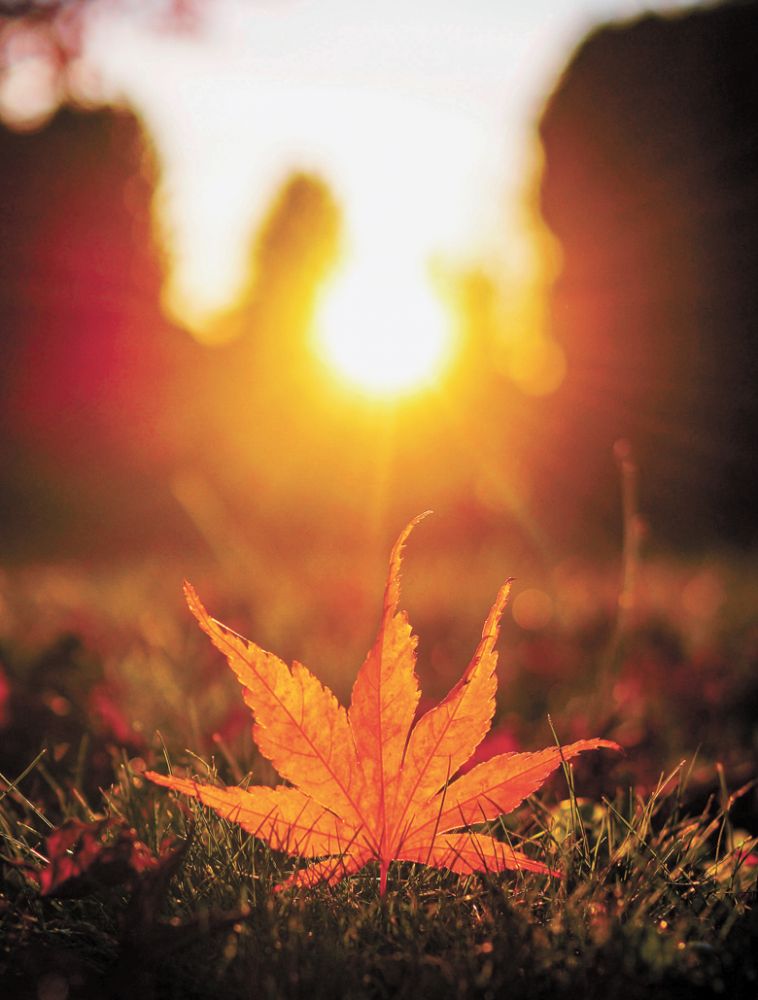Fair Weather Forecast
Dry conditions a blessing during harvest

By Dr. Greg Jones
As I write this in mid-October, many Oregonians are wondering “where’s the rain?” However, for Oregon winegrowers, the last two months have been exactly what the vintage doctor ordered.
Each year at harvest, winegrowers worry about rain. Too much at the wrong time can result in diseased fruit, split berries or diluted flavors. This is particularly concerning in Oregon when September routinely includes fall rains.
Thankfully, this year has been different. The cool, wet spring delayed grapevines two to four weeks behind their usual growth timing. Oregon winegrowers hoped for a warm, dry autumn allowing the vines extra ripening time… and we got it. September’s temperatures were three to four degrees above average and quite dry, with only one or two days of rain statewide. October continued the wonderful ripening weather with warm, record-breaking temperatures and little to no rain. The reason behind our warm, dry weather conditions? Much of the Western U.S. has been covered by a ridge of high pressure in the atmosphere. It’s strength and position has functioned as a block, pointing fall storms northward into Canada and, ultimately, the Eastern U.S.
As grapes develop and mature, they undergo a complicated process in which four “ripeness clocks” run simultaneously: sugar accumulation, acid respiration, phenolic ripeness and fruit character, but all at different rates. In a good vintage, these ripening clocks align before the fall rains begin or it gets too cold. During an average year, this might occur between the middle and end of September. But, given that the 2022 growing season began later than usual, we expect to be finishing harvest as this issue is released. Therefore, Oregon needed ideal conditions to fully ripen the fruit.
We welcome warm days and cool nights during the final 30 days of ripening, when the majority of the polyphenols, color, flavor, and aroma compounds develop. The difference between daytime high and nighttime low temperatures is called the diurnal temperature range.
Many wine grape varieties achieve superior quality and character during ripening periods with higher diurnal temperature ranges. Elevated daytime temperatures encourage sugar development while nighttime temperatures slow respiration and metabolism, preserving delicate fruit characteristics.
Compared to other wine regions around the world, Oregon and the Pacific Northwest experience some of the highest diurnal temperature ranges. Cool nights and warm days throughout this later-than-normal ripening period were exactly what we needed. Prime conditions promise a spectacular 2022 vintage. While we clearly need some rain, winegrowers in Oregon are glad it held off as long as it did.







